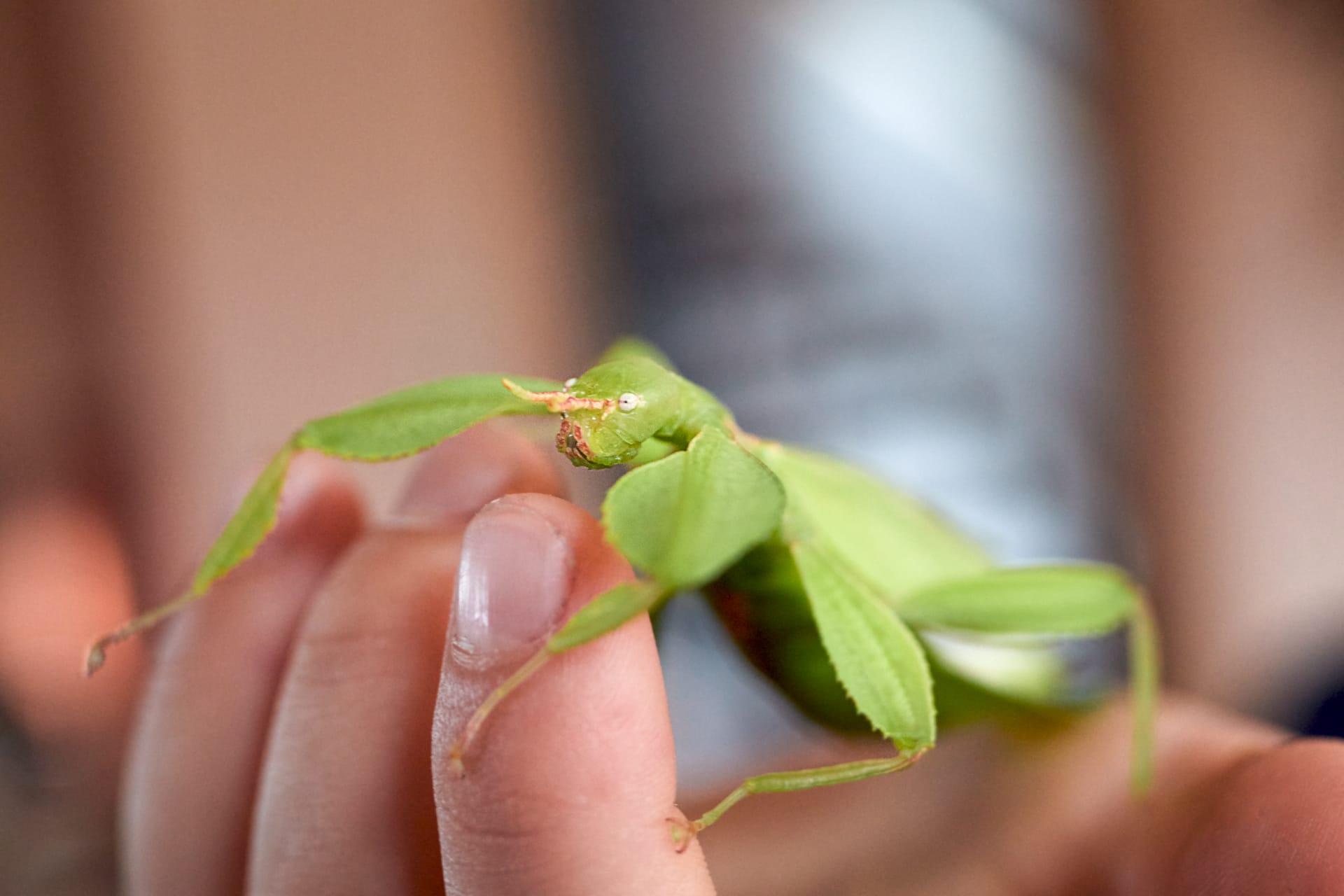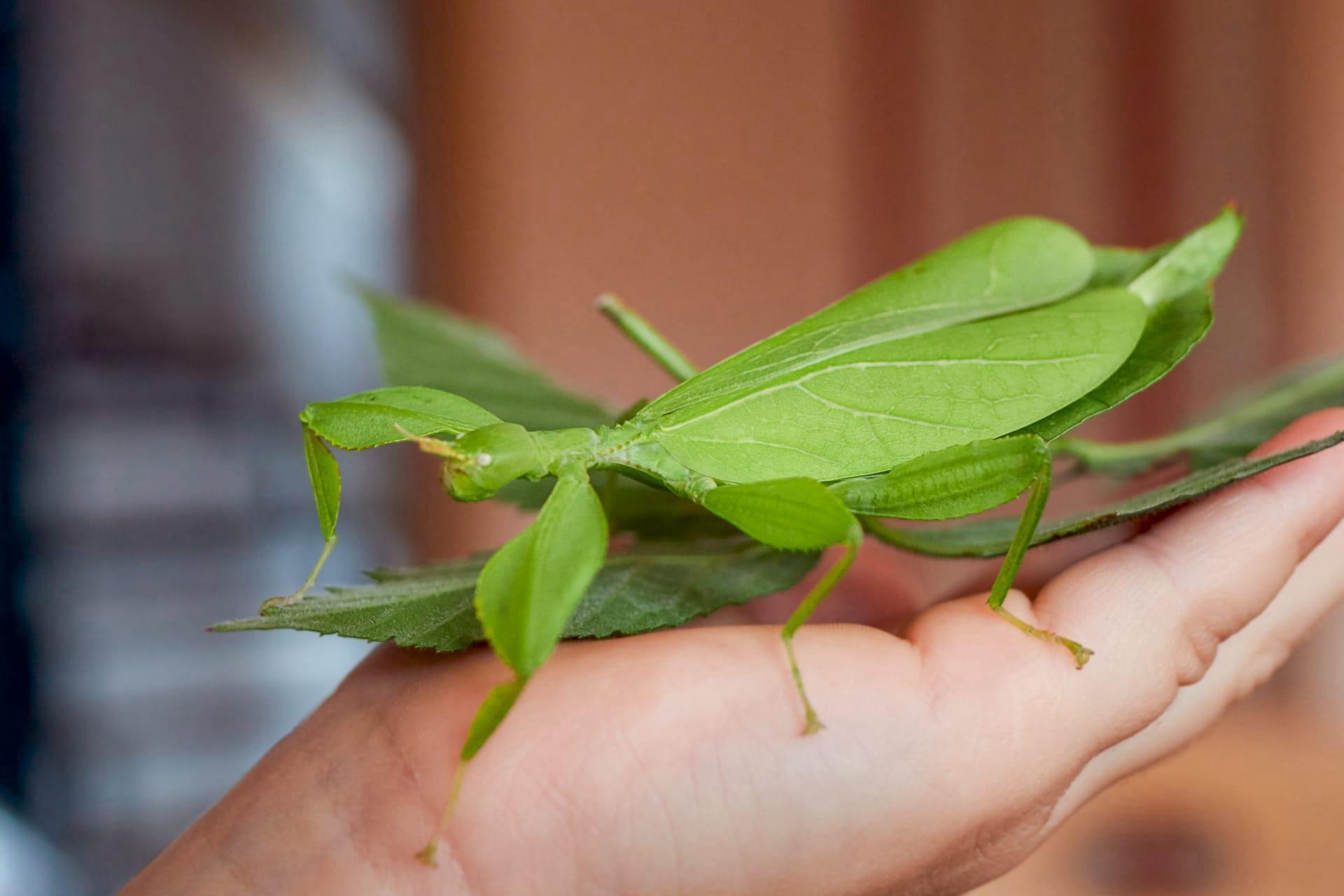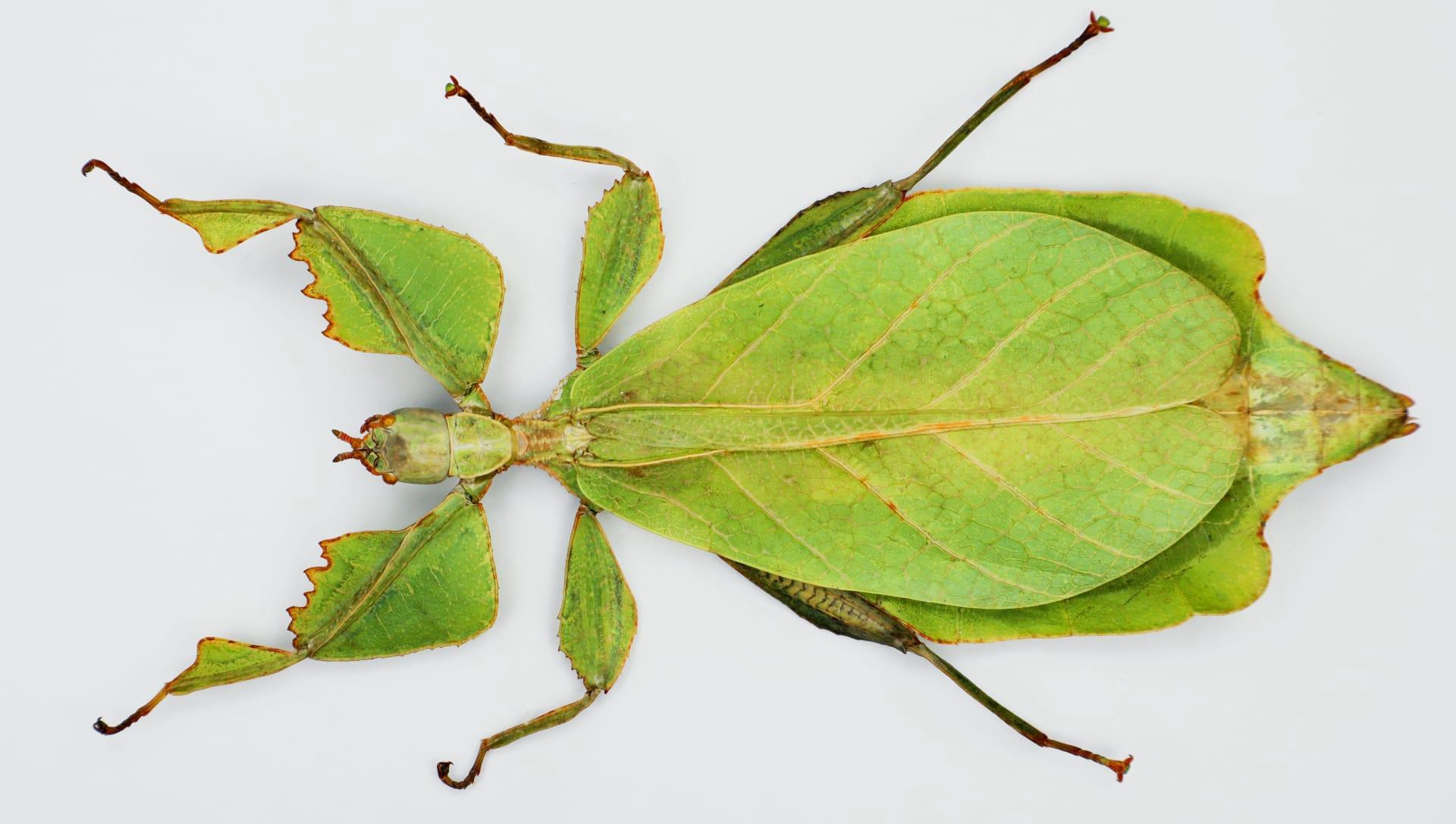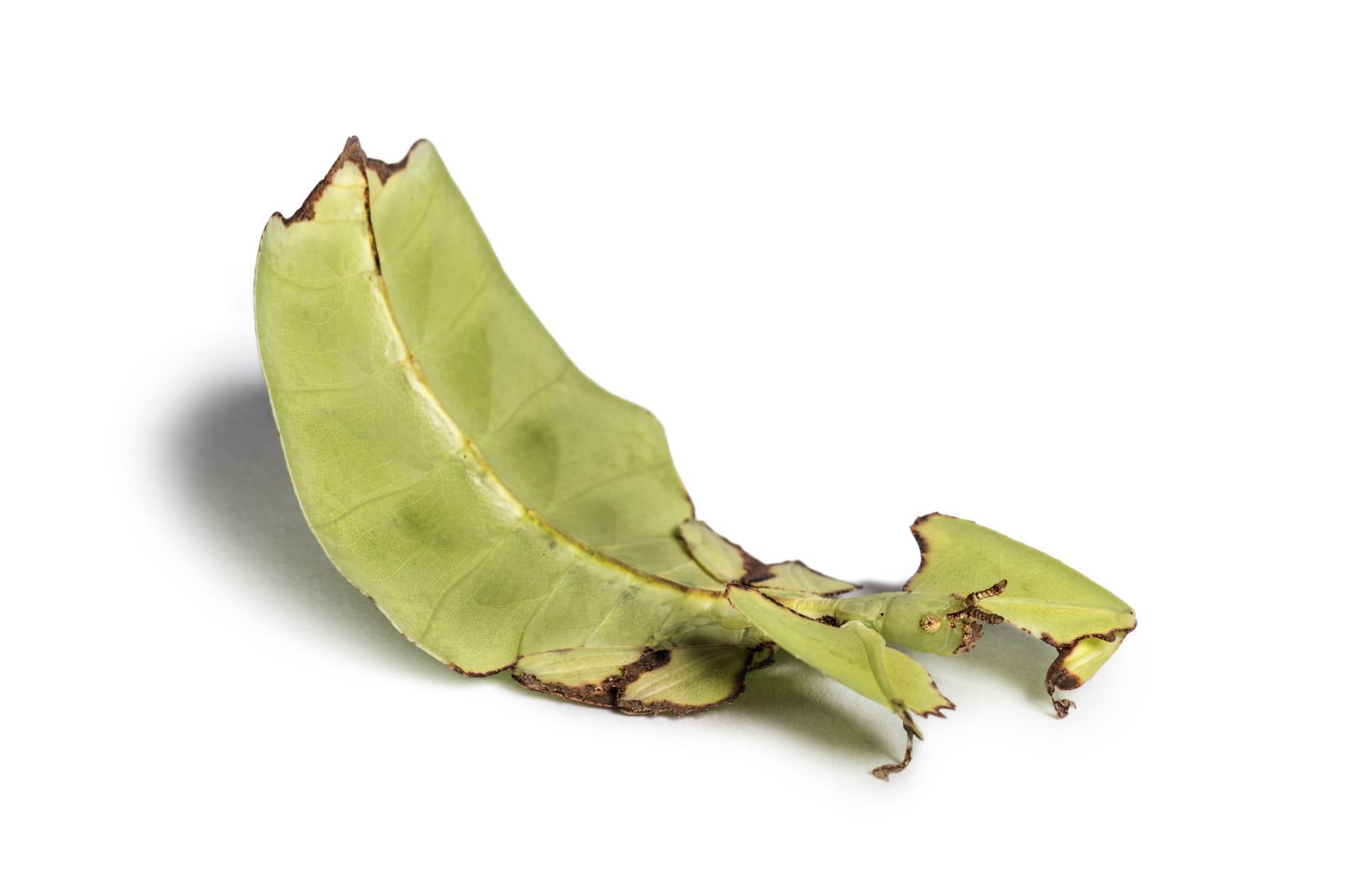Phyllium Trivia
- Home /
- Trivia Question /
- Animal /
- Phyllium Trivia
1
Question: What unique adaptations do Phyllium insects have for camouflage?
Answer: Phyllium insects, often called leaf insects, have evolved an extraordinary level of camouflage. They mimic the appearance of leaves, including vein patterns and leaf-like body edges. Their bodies are flat and broad, resembling a leaf both in shape and color. They even rock back and forth when walking, mimicking a leaf swaying in the wind. This adaptation helps them blend seamlessly into their environment, making them nearly invisible to predators.
Question: How do Phyllium species reproduce, and what's unique about it?
Answer: Phyllium species exhibit a fascinating reproductive strategy. Many species can reproduce parthenogenetically, meaning females can produce offspring without mating. In such cases, all offspring are female and genetically identical to the mother. This ability allows rapid population growth under favorable conditions. However, sexual reproduction also occurs, providing genetic diversity. During mating, the male transfers a spermatophore to the female, which can take several hours.

2
Question: Is it true that all leaf insects are green?
Answer: A common misconception about Phyllium species is that they are all green. While many species do exhibit various shades of green to mimic live leaves, some species and individuals can display brown hues, mimicking dead or drying leaves. This color variation enhances their camouflage in different environmental conditions, such as during dry seasons when green leaves are less abundant.
Question: Can Phyllium insects fly?
Answer: Another common misunderstanding is regarding their ability to fly. While most Phyllium species have wings, their flying abilities vary. Many species, especially females, have reduced wings and are incapable of sustained flight. Males generally have more developed wings and can fly short distances, but they are not strong fliers. Their primary mode of movement is walking, with their flight often used more as a means of escape or dispersal.

3
Question: How do Phyllium insects defend themselves from predators?
Answer: Apart from their exceptional camouflage, Phyllium insects have other defense mechanisms. When threatened, some species can drop to the ground and play dead, blending in with actual fallen leaves. Others may release a foul-smelling substance to deter predators. However, their primary defense is their remarkable ability to remain motionless and blend into the foliage, making them difficult for predators to spot.
Question: What is the lifespan of Phyllium insects?
Answer: The lifespan of Phyllium insects varies by species, but on average, they live for about 3 to 8 months. Their life cycle includes several stages: egg, nymph (which goes through several instars), and adult. The nymph stage resembles a small leaf and gradually grows into the adult form. The entire life cycle duration and the length of each stage can vary depending on environmental conditions like temperature and humidity.

4
Question: What do Phyllium insects eat, and how do they feed?
Answer: Phyllium insects are primarily herbivorous, feeding on the leaves of various plant species. Their diet includes leaves from guava, mango, raspberry, and oak trees, among others. They use their strong mandibles to tear off pieces of leaves, eating in a way that minimizes damage to the leaf, thus maintaining their camouflage. They feed mostly at night to further reduce the chance of being spotted by predators.
Question: How do Phyllium insects communicate with each other?
Answer: Communication among Phyllium insects is not well-understood, but like many insects, they likely use a combination of visual signals and pheromones. Visual signals could include body positioning and movement, particularly during mating rituals. Pheromones are chemical signals used for attracting mates or marking territory. However, their primary survival strategy is to remain still and blend into their environment, so overt communication is limited.

5
Question: Are Phyllium insects solitary or social?
Answer: Phyllium insects are generally solitary creatures. They do not form social groups and spend most of their life alone, camouflaged among leaves. Interactions between individuals are primarily limited to mating. Their solitary nature is a key aspect of their survival strategy, as grouping together would increase the chances of detection by predators.
Question: What is the role of Phyllium insects in their ecosystem?
Answer: Phyllium insects play an important role in their ecosystems, primarily as leaf consumers and as prey for other animals. By feeding on leaves, they contribute to the cycling of nutrients in the forest. As prey, they are an important food source for various birds, reptiles, and mammals. Their presence indicates a healthy, balanced ecosystem, as they thrive in environments with abundant foliage and minimal disturbance.